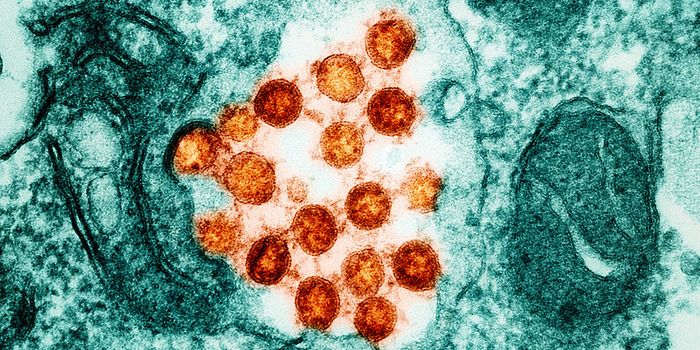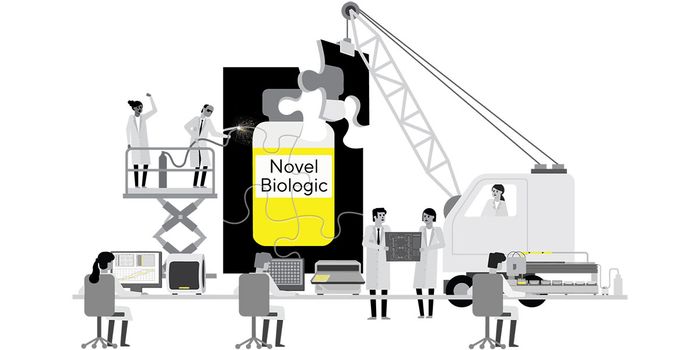Deadly E.coli can Disrupt Protein Synthesis in Other Microbes
Researchers at UC Santa Barbara have investigated how a specific, pathogenic strain of Escherichia coli, EC869, can destroy other bacteria nearby. An EC869 infection can cause diarrhea or hemorrhagic colitis in humans, and can secrete toxins that inhibit the growth of neighboring bacteria. In their previous research, these investigators have found that another strain of E. coli needed to bind to a 'permissive factor' to activate its toxin. The scientists wanted to find out if EC869 also needed to interact with protein in a target cell for toxin activation. They have reported their findings in the Proceedings of the National Academy of Sciences.
Organisms living in communities have often evolved ways to communicate with one another, including bacteria. While they might not use a cell phone, they have relationships and interactions that can exhibit both competition and cooperation. Microbes of different species have intraspecies exchanges that occur in the context of contact-dependent growth inhibition (CDI) systems, which control cellular functions through cell-to-cell contact. They can be observed in a large number of different gram-negative bacteria, such as Escherichia coli, which can be a deadly human pathogen.
There are many toxins that act on a cellular process called translation, in which the molecular intermediary of DNA, RNA, is read by the cellular machinery that manufactures a protein. Often, toxins act to perturb this process. Some toxins, noted lead author Allison Jones, disrupt transfer RNAs (tRNAs), molecules that turn mRNA sequences into protein.
"We discovered that a class of these tRNA-cleaving poisons intoxicates cells differently from previous toxins in that they hijack two essential factors involved in protein synthesis and use them to find their cellular victims," said Jones, a doctoral candidate in UCSB's Department of Molecular, Cellular and Developmental Biology (MCDB).
Jones and colleagues found that the EC869 toxin associates with elongation factor Tu (EF-Tu, which is animated in the video above), the most prevalent protein in bacteria. During protein synthesis, EF-Tu binds to tRNA molecules. This relationship has two outcomes; the toxin gets activated, and helps it focus on the tRNA molecule targets. EC869 also acts only on two specific tRNA molecules, cleaving those specifically out of 46 different types within the cell.
"It appears that these toxins are riding piggyback on EF-Tu to find tRNAs and seem important for their own stabilization in the cell as well," said co-author of the work Fernando Garza-Sánchez, a MCDB staff research in the Hayes Lab. "However, in addition to EF-Tu, these toxins also require the presence of another elongation factor, EF-Ts."
"We were unsure of the role of EF-Ts, as the toxin does not appear to bind stably to it," Jones explained.
Because this class of toxins only acts on certain tRNA molecules, there are some clues to its actions. The researchers have suggested that the toxins remain bound to EF-Tu while EF-Ts tries out different tRNA molecules until the right one comes along. When the proper tRNA is bound, it is then cleaved, destabilized and released.
"Our research lends support to an unestablished role for EF-Ts—that of having an active role in delivering tRNAs to EF-Tu during protein synthesis," Jones said. "It will be interesting to see if the interaction of this toxin with members of the protein synthesis apparatus plays a role in intercellular communication."
If you want to know more about how translation works, check out the following video.
-
MAY 07, 2024Is It Anti-RNP or Anti-Sm/RNP?
-
MAY 08, 2024Expand your Multiomic Capabilities with RNAscope™
- See More
-
APR 30, 2024Immuno-Oncology Virtual Event Series 2024
-
MAY 07, 20243rd International Biosecurity Virtual Symposium
-
MAY 23, 2024For the Love of Digital PCR 2024
- See More

















































